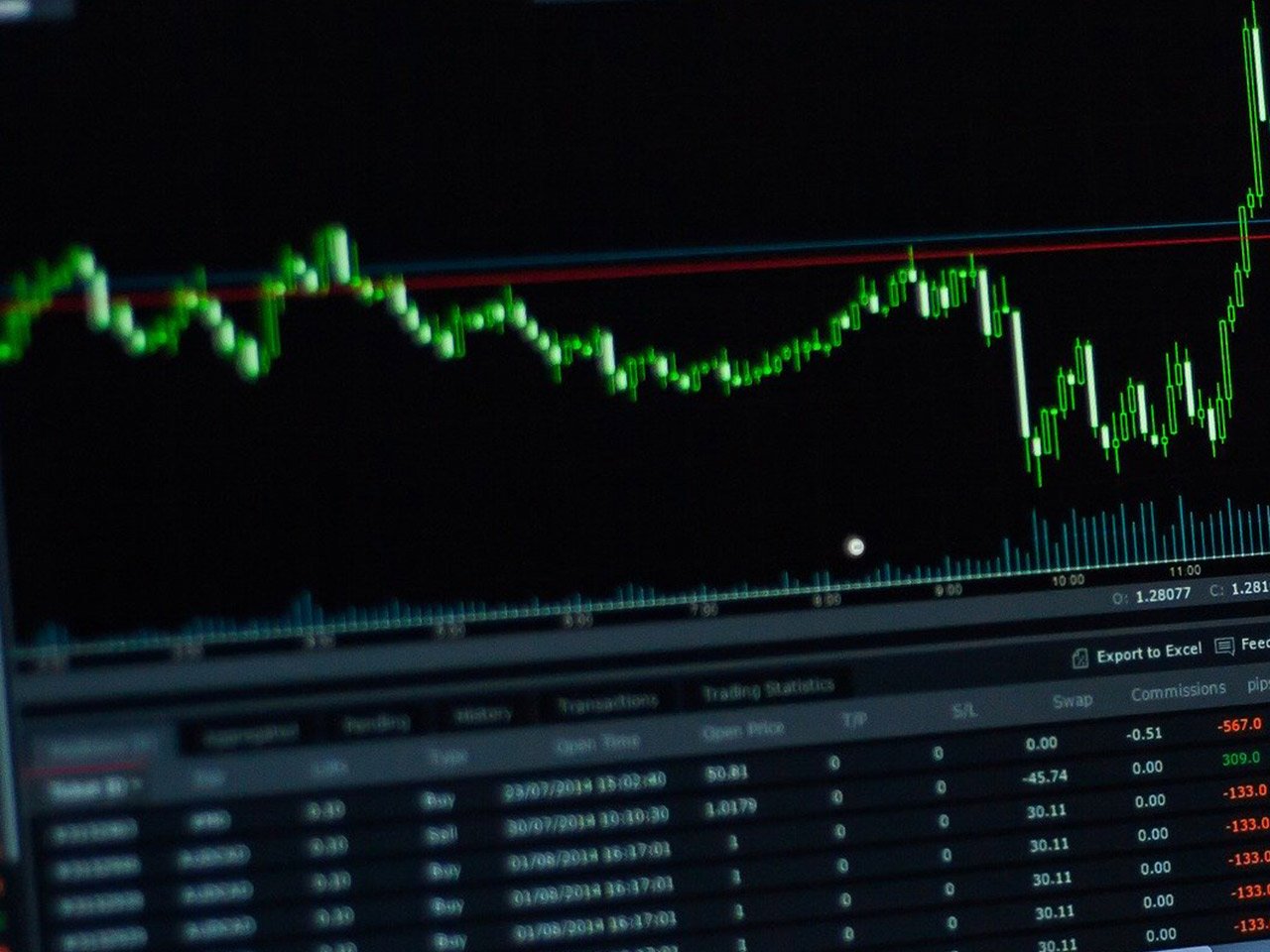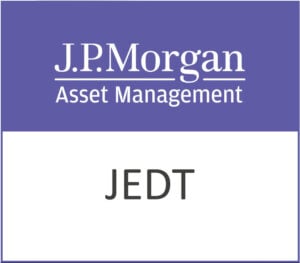As one of the United Kingdom’s leading grocery chains, J Sainsbury plc (SBRY.L) continues to be a significant player in the consumer defensive sector. With its roots dating back to 1869, Sainsbury’s has expanded its reach across various retail segments, including food, clothing, and financial services, under brands such as Argos and Sainsbury’s Bank.
Currently trading at 299.8 GBp, Sainsbury’s stock price has shown stability within its 52-week range of 228.80 to 306.00 GBp, reflecting its resilience in a competitive grocery market. Despite a slight dip of 0.01% recently, the retailer maintains a robust market capitalisation of $6.84 billion, reinforcing its stature in the industry.
Investors eyeing Sainsbury’s might note the absence of certain traditional valuation metrics such as trailing P/E and PEG ratios, signalling potential complexities in the company’s financial assessments. The forward P/E ratio stands at an intriguing 1,178.23, which can be seen as an indicator of high expectations or potential volatility in future earnings.
Performance metrics paint a cautiously optimistic picture, with revenue growth at 1.20% and an EPS of 0.18. The return on equity (ROE) is a respectable 6.21%, showcasing the company’s ability to generate profits from its equity investments. Moreover, a free cash flow of £653.63 million indicates a healthy liquidity position, essential for sustaining operations and funding future growth initiatives.
For income-focused investors, Sainsbury’s dividend profile is noteworthy. With a dividend yield of 4.54% and a payout ratio of 74.01%, the company offers an attractive income stream, aligning with its strategy to return value to shareholders.
Analyst sentiment towards Sainsbury’s is mixed, with six buy ratings, five hold ratings, and one sell rating. The stock’s average target price is 307.08 GBp, suggesting a modest potential upside of 2.43%. This balanced outlook reflects both the opportunities and challenges facing Sainsbury’s in a rapidly evolving retail landscape.
From a technical standpoint, Sainsbury’s 50-day and 200-day moving averages are 288.23 GBp and 266.24 GBp, respectively, indicating a positive trend. The Relative Strength Index (RSI) at 77.50 suggests that the stock may be overbought in the short term, which investors should consider when planning entry or exit strategies.
Sainsbury’s strategic advantage lies in its diversified operations spanning retail and financial services, which provide a buffer against market fluctuations. Its commitment to sustainability and digital transformation, particularly through online sales channels, further bolsters its market positioning.
In an industry where margins are often squeezed, Sainsbury’s has managed to maintain a competitive edge through strategic pricing, cost efficiencies, and expanding its private label offerings. This adaptability is crucial as consumer preferences shift and economic pressures mount.
Ultimately, Sainsbury’s represents a blend of stability and strategic foresight, making it a compelling consideration for investors seeking exposure to the UK retail sector. As the company navigates the challenges of a post-pandemic world, its focus on innovation and customer-centric solutions will be pivotal in driving long-term growth and shareholder value.










































